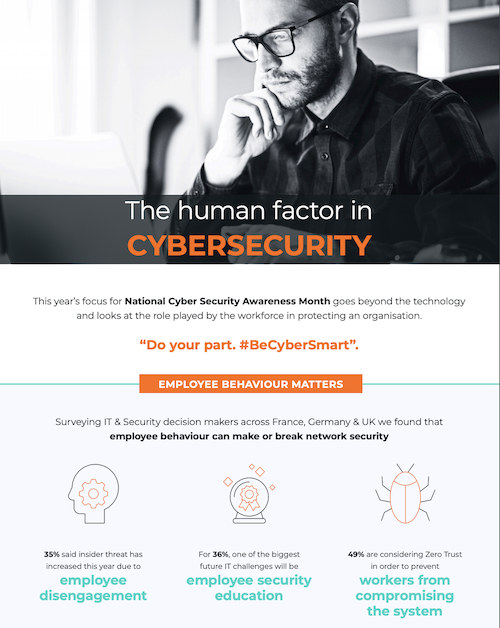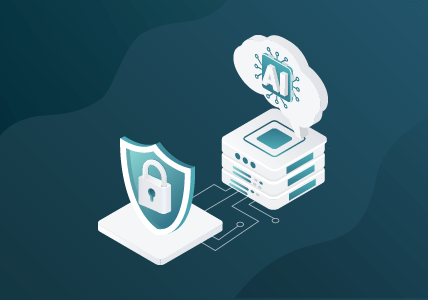NCSAM Recap: Security Awareness Never Ends
If all good things must come to an end, National Cybersecurity Awareness Month (NCSAM) is no exception. Every October, when most people are watching horror movie reruns and planning creepy costumes, we get our chills from the evolving cyberthreat landscape.
Words like “Zero Trust” are sweeter than candy, and spoofing is downright spooky. We love October because NCSAM gives us an opportunity to share these genuine scares with the rest of the world while also providing helpful tips and solutions for staying safe.
This year’s theme focused on how we can all do our part to be cyber smart. But how do we accomplish this when most of us are apart? During a time when we’re physically distanced from each other, security practices become harder for organizations to implement. The new work-from-anywhere environment means we’re all using multiple devices across numerous network connections, worsening security challenges.
There’s no quick and easy solution for these growing issues, but there are several actions we can take to stay a step ahead of attackers. Whether you’re just hearing about NCSAM for the first time or you’ve been taking this journey with us, we’ve rounded up a quick recap of this year’s NCSAM blog posts to help you stay on top of it all.

Dear Users
We began this year’s NCSAM journey with our Sr. Technical Account Manager, Danny Akacki, telling it like it is in his “Dear Users” post. Danny’s passion for threat hunting and adversary tactics makes his insider take all the more chilling. In this post, he outlines several ways that everyday users can protect themselves from some of the biggest cyberthreats out there. You’ll learn that it’s just as easy to spoof a phone number as it is an email address, and to basically never trust anyone. But don’t despair, it’s not all doom and gloom. You’ll also find helpful tips that everyone can implement while working from home. Be sure to scroll all the way to the end of Danny’s post for a replay of his NCSAM podcast.
Three Ways to Do Your Part, Apart
Working from home certainly has its perks (pajama pants, dogs and better coffee, to name a few) but security is not one of them. In fact, it may be the single greatest risk in shifting to a work-from-home environment because it becomes much harder for organizations to enforce security policies. In this blog, VP of Product and Technical Marketing, Bassam Khan, notes some stark findings in our recent EMEA Zero Trust survey, which highlights the role employee behavior plays in a company’s security. Bassam tells us what to watch out for, along with three important steps we can take to reduce our work-from-home risk.
Prioritizing Healthcare Security: Navigating the Impacts of COVID-19
To wrap it all up, our Director of Solutions Marketing, Martyn Crew, addresses the elephant in the room by focusing on the current state of healthcare security and what organizations can do to improve it. Just how bad is it? Martyn points out that in 2019 alone, 41 million patient records were breached in 572 reported incidents at an average cost of $1.8 million per breach. With more of us working from home than ever before, that number is expected to rise. In this blog, we learn endpoint security is not enough and that healthcare organizations must also focus on network detection and response in order to attain end-to-end visibility.
Until Next Year…
NCSAM may be over, but the path to better security awareness is not. Whether you’re in an office, working from home or currently on the hunt for your next role, do your part to be cyber smart year-round. For more security insights, check out our other blog posts here.
Featured Webinars
Hear from our experts on the latest trends and best practices to optimize your network visibility and analysis.

CONTINUE THE DISCUSSION
People are talking about this in the Gigamon Community’s Security group.
Share your thoughts today








